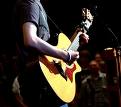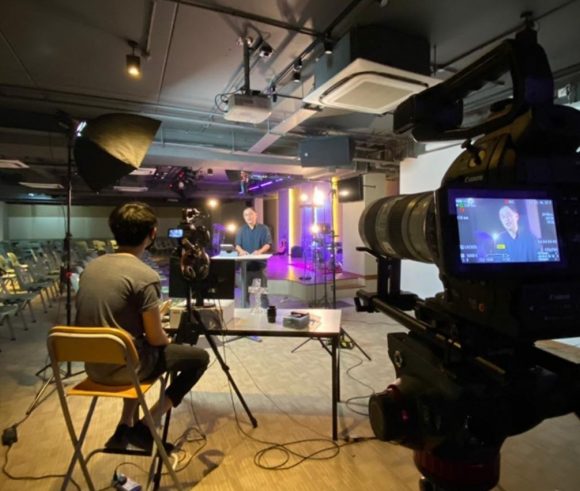We are currently in phase 3 of Covid-19 guidelines. I see the worship leaders singing and preacher speaking without masks but with social distancing strictly adhered to. The congregation participates in worship but without singing. How do you worship without singing? I suggest a few ways to do it. Firstly, get it clear. Worship may […]
The thought of being in a worship service with a pre-recorded video showing a worship leader singing did not seem appealing to me. That was until I had to guest preach at the Anglican Church of True Light. Strangely I felt connected with God as I followed the lyrics and tune in my heart. My […]
The circuit breaker re-opening phase 2 allowed for more gatherings for religious meetings. What are the new rules and how are churches responding to this?
The presentations I had to do went well today and now I can pause to write before I continue working on my Sunday sermon and the post-campus assignment. One of the interesting readings of this module is a Christian Education Journal article (3.vol4, No.2) titled “Teaching Bible for Transformation” by Jackie L. Smallbones from Northwestern […]

